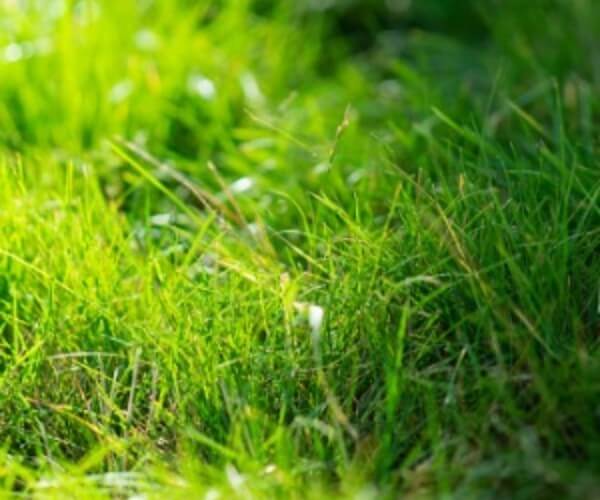- Lawn Turf
- Artificial
- Soil
- Timber
- Composite Decking
- Paving & Stone
Get In Touch With Our Experts Today!
Give us a Call! - Seed & Fertiliser
- Dressing
- Bark

October 29, 2021 Seed Tips
Here at George Davies Turf, we’re often asked whether a combination of lawn seed and fertiliser will deliver impressive results, particularly for people looking to thicken up thin areas and create a vibrant and luscious lawn.
When you get the balance right you can improve the overall health of your lawn and eliminate competition from weeds. However, it’s essential to look at the unique qualities of lawn seed and fertiliser separately to understand how these products can help.
.jpg)
Every beautiful lawn you’ve seen once started its life with a healthy dose of grass seed. Therefore, if you are suffering from thin patches or looking to create a brand-new lawn, you need a mixture that suits your individual needs. Barenbrug UK have been breeding grass seed varieties for over 100 years, with The E1 specially developed to guarantee:
Like all grass seed, this is no magic formula. It’s been tried and tested over 100 years, delivering quality results. However, it must be used correctly. Generally, grass seed is best sown from late summer to mid-autumn in the UK because there is less competition from weeds, the soil is nice and warm (usually) and often slightly damp from rain —the perfect conditions for seeds to germinate. This means that come late autumn, a strong root system will develop (rather than just top growth) meaning you can reap the rewards when spring and summer roll around next year.
That said, without the right food to develop side shoots and thickness, lawn seed is open to invasion by weed seeds and moss. You need the right nutrient conditions and that’s where fertiliser can help.

Some of the lawn treatments available online and in garden centres throughout the country are designed for lawns that tend to already have a relatively healthy. This includes not having signs of having weeds or moss. You will also discover products containing weed killers, so it’s essential to be very careful when selecting a fertiliser. If we can give you one crucial snippet of information to keep in mind, it’s the following:
“The richer the soil, the better the lawn growth. The poorer quality soil will require more feeding.”

If you feed your lawn from spring to summer each year with a phased, slow-released fertiliser, you can gradually release vital nutrients to give your lawn that stunning green colour for months to come. The frequency of feeding will of course, depend on the health of your lawn. However, it’s best to not feed between October and March because frost will undoubtedly hinder results.
If you’d like to learn more about the steps you can take to create a lush lawn that you can be proud of, please explore our turf care tips where we cover the six essential steps:
If you have any further questions or wish to learn more about our products, please do not hesitate to contact George Davies Turf today.
CALL US NOW ON 01234 818 253